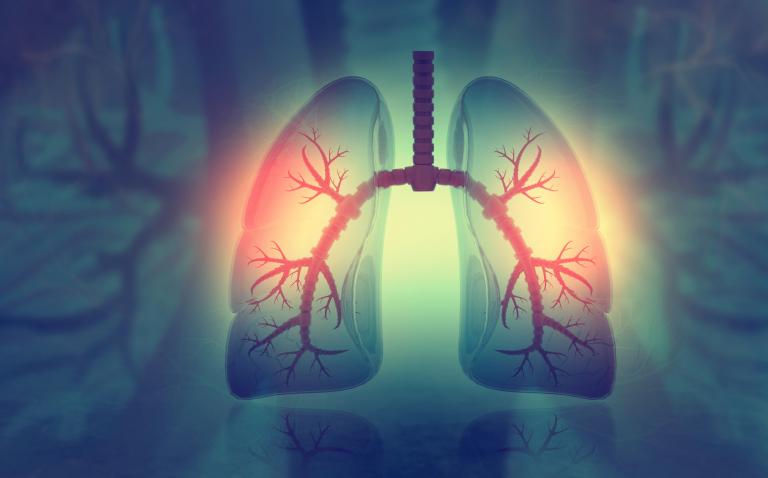New Phase II data for Novartis’s IND/GLY/MF (QVM149), an investigational, once-daily, fixed dose combination asthma treatment containing indacaterol acetate, glycopyrronium bromide and mometasone furoate, delivered with the dose-confirming Breezhaler® inhalation device, has been presented at the 2019 annual international congress of the American Thoracic Society (ATS).
In two Phase II clinical studies, IND/GLY/MF was superior to the comparators, salmeterol/fluticasone propionate (a standard-of-care treatment)1 and placebo,2 separately by demonstrating improvement in lung function in patients with asthma. In one study, IND/GLY/MF also demonstrated improvements versus placebo irrespective of administration time of morning or evening.2
In the Phase II CQVM149B2208 study (ClinicalTrials.gov Identifier: NCT03063086), both once-daily doses of IND/GLY/MF (150/50/160 μg, high-dose ICS; 150/50/80μg, medium-dose ICS) met the primary endpoint with statistically significant improvements of peak FEV1 (forced expiratory volume in 1 second) versus twice daily salmeterol/fluticasone propionate (50/500μg, high-dose ICS) with mean differences of 172ml (95% CI: 137, 208) and 159 mL (95% CI: 123, 195), respectively (p<0.001).1
Additionally, compared with salmeterol/fluticasone propionate 50/500μg twice a day, both high and medium doses of IND/GLY/MF met the secondary endpoint with statistically significant improvements (p<0.001) in FEV1AUC (FEV1 area under the curve) across both time intervals of FEV1AUC5min–1h and FEV1AUC5min–23h45min.1
“These results demonstrate that this novel combination offering dual bronchodilation plus an inhaled corticosteroid can provide further lung function benefits to patients with asthma beyond established therapies,” said Dr Henrik Watz, Pulmonary Research Institute at LungenClinic Grosshansdorf, Airway Research Center North, German Center for Lung Research.
In study CQVM149B2209 (ClinicalTrials.gov Identifier: NCT03108027), once-daily IND/GLY/MF provided consistent and substantial lung function benefits over the entire 24-hour dosing interval in adult patients with asthma, irrespective of dosing time (morning or evening). The study met the primary endpoint by demonstrating the improved FEV1 for both morning and evening administrations of IND/GLY/MF versus placebo over 14 days, with mean differences of 610ml (90% CI: 538, 681) and 615ml (90% CI: 544, 687) respectively.2
The safety data from both studies suggest that IND/GLY/MF has a favorable safety and tolerability profile. The adverse events observed in the IND/GLY/MF groups were comparable to placebo (CQVM149B2209)2 and salmeterol/fluticasone propionate (CQVM149B2208),1 with no serious adverse events reported in any treatment period in both studies.
While Phase III trials are ongoing, Novartis plans to present more data and analyses at future medical conferences to address the clinical and regulatory path forward for IND/GLY/MF delivered by Breezhaler®.
“Despite the availability of numerous asthma treatments, more than one-third of asthma patients remain uncontrolled and continue to experience symptoms and/or exacerbations,” said Linda Armstrong, MD, Respiratory Development Unit Head. “These Phase II studies’ results are a promising stride forward for this once daily combination. Together with a dose-confirming Breezhaler inhalation device, which is well established in COPD, this new combination, if approved, has the potential to improve lives of those with uncontrolled asthma.
References
- Watz H et al. The Combination of Indacaterol/Glycopyrronium/Mometasone Furoate is Superior to High-Dose Salmeterol/Fluticasone Propionate in Improving Lung Function in Patients with Asthma. ATS abstract 2019
- Beier J et al. The Efficacy of the Combination Indacaterol/Glycopyrronium/Mometasone Furoate is Independent of Time of Dosing in Patients with Asthma. ATS abstract 2019










